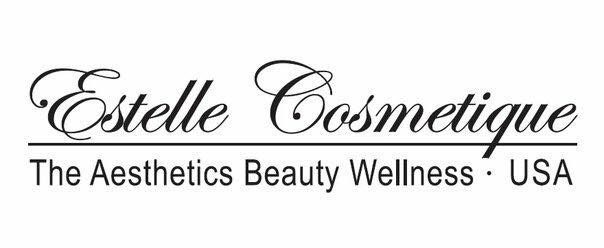
Treatments for Acne Scars
A number of treatments are available for acne scars. The type of treatment selected should be the one that is best for you in terms of your type of skin, the cost, what you want the treatment to accomplish, and the possibility that some types of treatment may result in more scarring if you are very susceptible to scar formation.You can use Snail Cream to prevent and repair acne scars and/or seek surgical treatments.
A decision to seek Aesthetics treatment for acne scars depends on:
The way you feel about scars. Do acne scars psychologically or emotionally affect your life? Are you willing to "live with your scars" and wait for them to fade over time? These are personal decisions only you can make.Before committing to treatment of acne scars, you should have a frank discussion with your dermatologist/aesthetician regarding those questions, and any others you feel are important. You need to tell the dermatologist/aesthetician how you feel about your scars. The dermatologist/aesthetician needs to conduct a full examination and determine whether treatment can, or should, be undertaken.
The severity of your scars. Is scarring substantially disfiguring, even by objective assessment?
A dermatologist’s expert opinion as to whether scar treatment is justified in your particular case, and what scar treatment will be most effective for you.
The objective of scar treatment is to give the skin a more acceptable physical appearance. Total restoration of the skin, to the way it looked before you had acne, is often not possible, but scar treatment does usually improve the appearance of your skin.
The scar treatments that are currently available include:
1) Collagen injection. Collagen, a normal substance of the body, is injected under the skin to "stretch" and "fill out" certain types of superficial and deep soft scars. Collagen treatment usually does not work as well for ice-pick scars and keloids. Collagen derived from cows or other non-human sources cannot be used in people with autoimmune diseases. Human collagen or fascia is helpful for those allergic to cow-derived collagen. Cosmetic benefit from collagen injection usually lasts 3 to 6 months. Additional collagen injections to maintain the cosmetic benefit are done at additional cost.
2) Autologous fat transfer. Fat is taken from another site on your own body and prepared for injection into your skin. The fat is injected beneath the surface of the skin to elevate depressed scars. This method of autologous (from your own body) fat transfer is usually used to correct deep contour defects caused by scarring from nodulocystic acne. Because the fat is reabsorbed into the skin over a period of 6 to 18 months, the procedure usually must be repeated. Longer lasting results may be achieved with multiple fat-transfer procedures.
3) Dermabrasion (ATHENA GLOW). This is thought to be the most effective treatment for acne scars. Under local anesthetic, a high-speed brush or fraise used to remove surface skin and alter the contour of scars. Superficial scars may be removed altogether, and deeper scars may be reduced in depth. Dermabrasion does not work for all kinds of scars; for example, it may make ice-pick scars more noticeable if the scars are wider under the skin than at the surface. In darker-skinned people, dermabrasion may cause changes in pigmentation that require additional treatment.
4) Microdermabrasion. This new technique is a surface form of dermabrasion. Rather than a high-speed brush, microdermabrasion uses aluminum oxide crystals passing through a vacuum tube to remove surface skin. Only the very surface cells of the skin are removed, so no additional wound is created. Multiple procedures are often required but scars may not be significantly improved.
5) Laser Treatment. Lasers of various wavelength and intensity may be used to recontour scar tissue and reduce the redness of skin around healed acne lesions. The type of laser used is determined by the results that the laser treatment aims to accomplish. Tissue may actually be removed with more powerful instruments such as the carbon dioxide laser. In some cases, a single treatment is all that will be necessary to achieve permanent results. Because the skin absorbs powerful bursts of energy from the laser, there may be post-treatment redness for several months.
6)Skin Surgery. Some ice-pick scars may be removed by "punch" excision of each individual scar. In this procedure each scar is excised down to the layer of subcutaneous fat; the resulting hole in the skin may be repaired with sutures or with a small skin graft. Subcision is a technique in which a surgical probe is used to lift the scar tissue away from unscarred skin, thus elevating a depressed scar.
Skin grafting may be necessary under certain conditions—for example, sometimes dermabrasion unroofs massive and extensive tunnels (also called sinus tracts) caused by inflammatory reaction to sebum and bacteria in sebaceous follicles. Skin grafting may be needed to close the defect of the unroofed sinus tracts.
Treatment of keloids. Surgical removal is seldom if ever used to treat keloids. A person whose skin has a tendency to form keloids from acne damage may also form keloids in response to skin surgery. Sometimes keloids are treated by injecting steroid drugs into the skin around the keloid. Topical retinoic acid may be applied directly on the keloid. In some cases the best treatment for keloids in a highly susceptible person is no treatment at all.











 Pictures for Day & Night (Hair do + Make up).
Pictures for Day & Night (Hair do + Make up).



